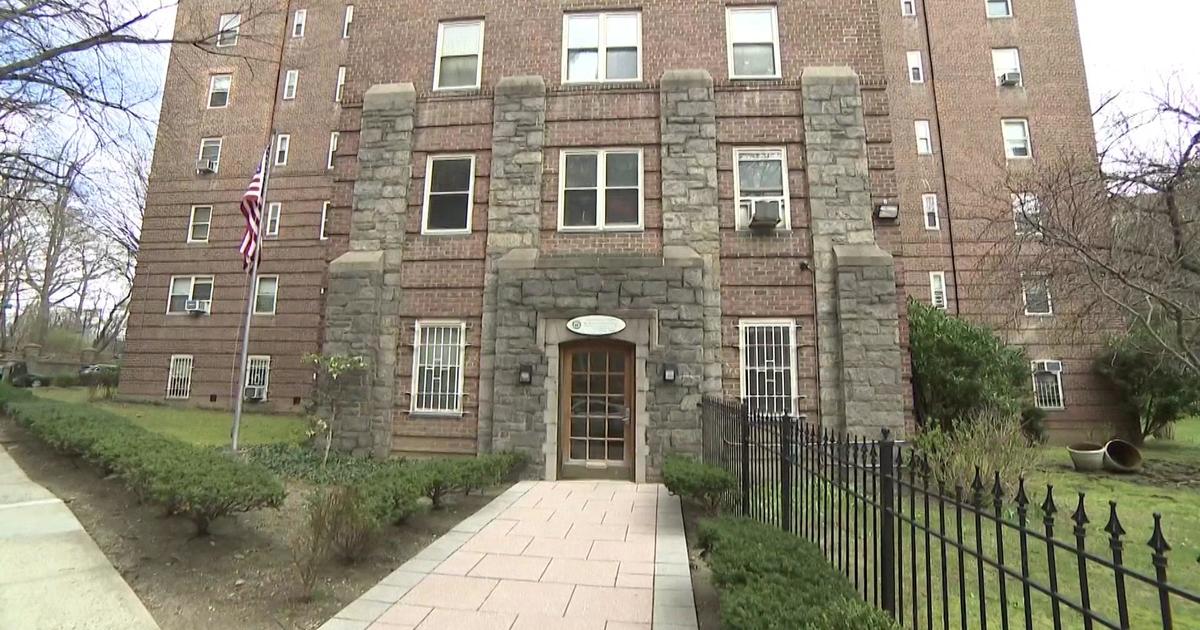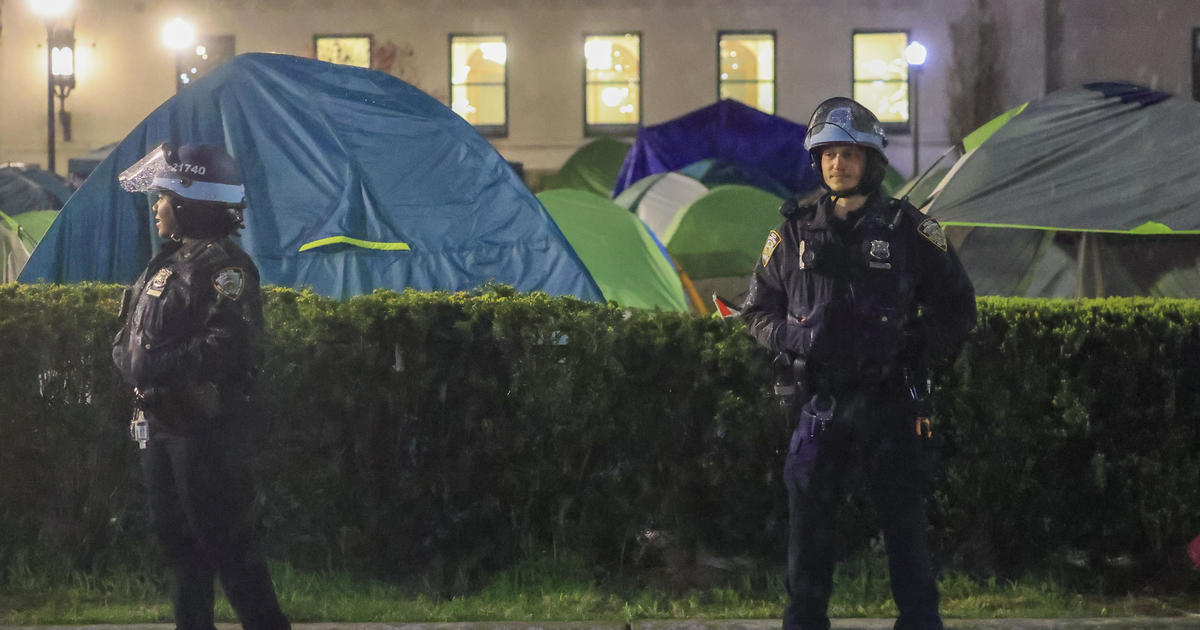Snapshot: Beekeeper Turns Rooftops Into Buzzing Apiaries
NEW YORK (CBSNewYork) -- When you think of beekeeping, a city skyscraper might not be where you would think to look.
Andrew Cote is the president of the New York Beekeepers Association. He personally has more than 40 beehives. In all, the Manhattan skyline is host to more than 300 rooftop apiaries.
One might find it unnerving to be surrounded by colonies of bees, but Cote says the bees aren't the biggest risk.
Cote: "The biggest problem with rooftop beekeeping is not falling off the roof."
Overmyer: "It's not being stung, it's the fact that you're 15 stories off the ground?"
Cote: "You could be stung hundreds times and survive. You fall off this once, and your daughter's gonna miss ya."
Prior to 2010, honey bees were considered dangerous animals, like pythons and tarantulas. Harboring them was even once unlawful in New York City.
"There's really no danger in beekeeping at all. There's a perception of danger, but it's not real. Honey bees are not interested in us," Cote said. "They're docile, they're friendly, they're hard working, they're like most New Yorkers. They just want to go about their day, get their things done, take care of their own business and return to their own homes."
Bees play an essential role in vegetation growth. Seventy of the top 100 crops require pollination by bees. Cote says one third to one half of the food we eat is thanks to the pollination of the honey bee.
"They're the most important pollinator, in my opinion," he said.
Worldwide, colonies are dying left and right. Yet in New York, they're thriving.
"The big reason why the urban beekeepers, like we here in New York City, don't have a problem with colony collapse disorder or mass die off of honey bees is because we don't have that pesticide sprays that the big farms suffer," Cote said.
The search radius for a bee is three miles. That means flowers in Central Park are being pollinated by bees in Union Square. Every few weeks, it's time to harvest.
Cote: "The smoke calms them down. The smoke distracts them."
Overmyer: "What are you looking for when you look at these honeycombs?"
Cote: "I'm looking for a nice white capped honey."
Overmyer: "That's ready to harvest?"
Cote: "That's gonna get harvested in about 2 seconds (tastes) caramelized sunshine!"
Overmyer: "I notice you have to almost be careful putting it back in so you're not squishing any of them too."
Cote: "Yeah you want to be careful not to crush them, not only so as not to hurt one, but it will emit a scent to let the others know there's a problem."
For six months, these bees will produce and store up more than enough nectar to get them through the winter. Cote only takes the surplus, while leaving the rest for the bees.
Vertical hives provide a use of space that's most efficient. This hive alone has more than 100,000 honey bees. A vast majority are the worker bees, which are female.
Cote: "She's got four wings, six legs, five eyes. Her entire body is covered in hair, including her eyes."
Overmyer: "She sounds like a monster, but to you it's beautiful."
Cote: "It is beautiful. Beekeeping is personally rewarding for me. And it's a good thing, because the other rewards of beekeeping are stings and poverty. I think it would be nice if people were aware that this is happening—that these angels are in the skies over their heads working tirelessly and selflessly to make honey for us."



